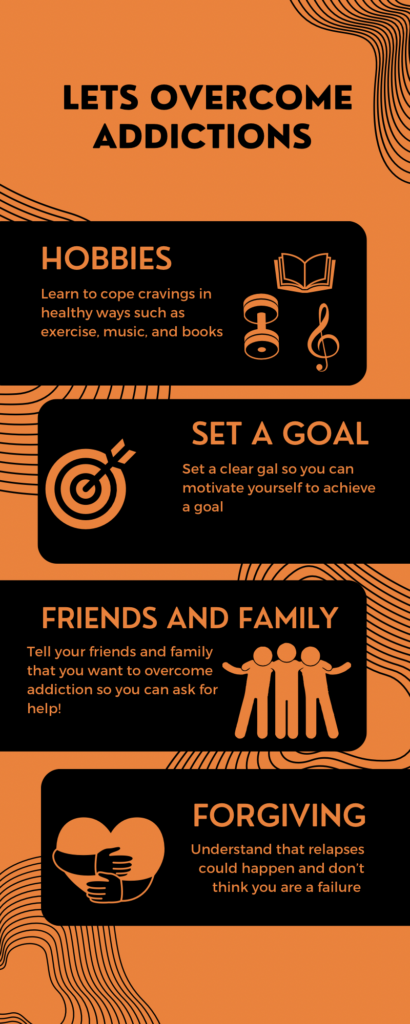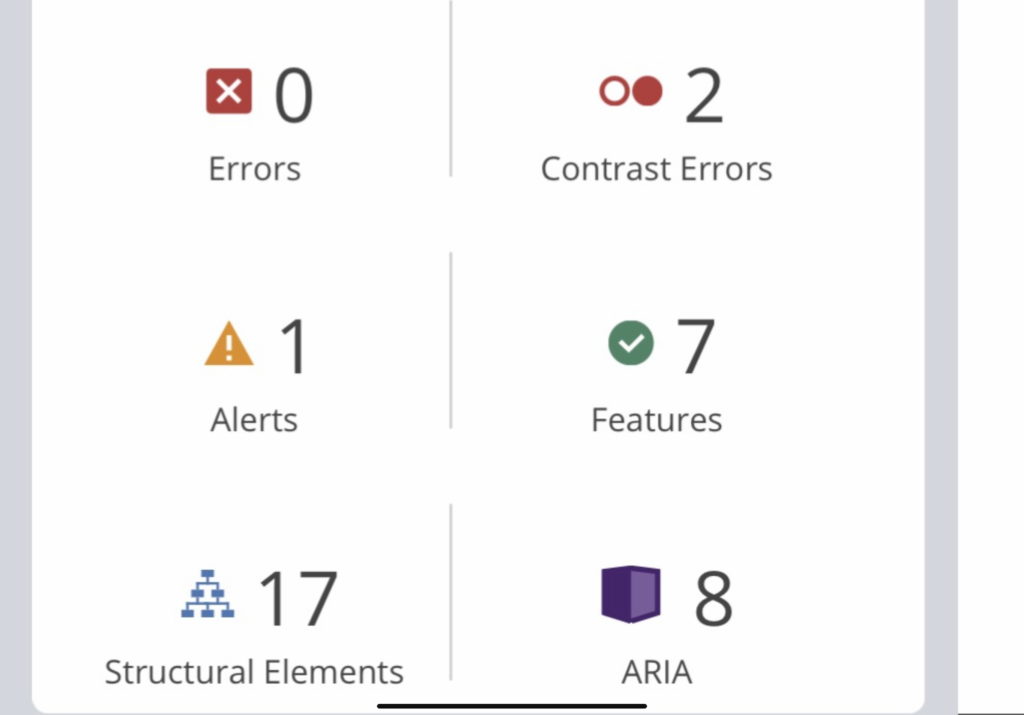Module2 : Design Principles for Effective and Accessible Multimedia
Kat Holmes introduced three principles 1. Recognize exclusion 2. Solve for one, extend to many 3. Learn from diversity. As I was learning accessibility and equity, I could relate to my personal experiences. I did talk about how I struggle with the language barrier in module 1, and captions help me learn very effectively. Reasoning how people use captions vary significantly. For example, some people watch Japanese cartoon in Japanese with English captions although they have an optio to use dubbed versions in their language. The reason for this is because some people enjoy the Japanese voice acting, so captioning can be used not only to increase the learning methods, but also to increase the entertainment.

I have been using Canva for almost two years and I find it extremely useful. Canva can be used in very different ways such as presentations, posters, and social media posts. Canva has many formats so that we don’t even have to create from scratch.
Canva allows people to make graphics as good as graphic designers as well. I have created an infographic about overcoming addictions. I don’t have a particular reason why I chose this topic, but I thought it would be interesting to make an infographic about addictions as it is a serious topic nowadays. I am currently taking a sociology class, so I thought addictions are something sociology can relate to.
For my infographic, I tried to minimize the words and emphasize the important messages. It was extremely easy to make an infographic since Canva provides aesthetic templates and a variety of images.

WAVE was very interesting how it tells you about the small details. I didn’t have enough sub-headings to organize what it is talking about. In addition to subheadings, spacing was poorly done as well which makes readers difficult to follow the topic. Overall, WAVE is a great tool to help web content more accessible.
Leave a Reply
You must be logged in to post a comment.